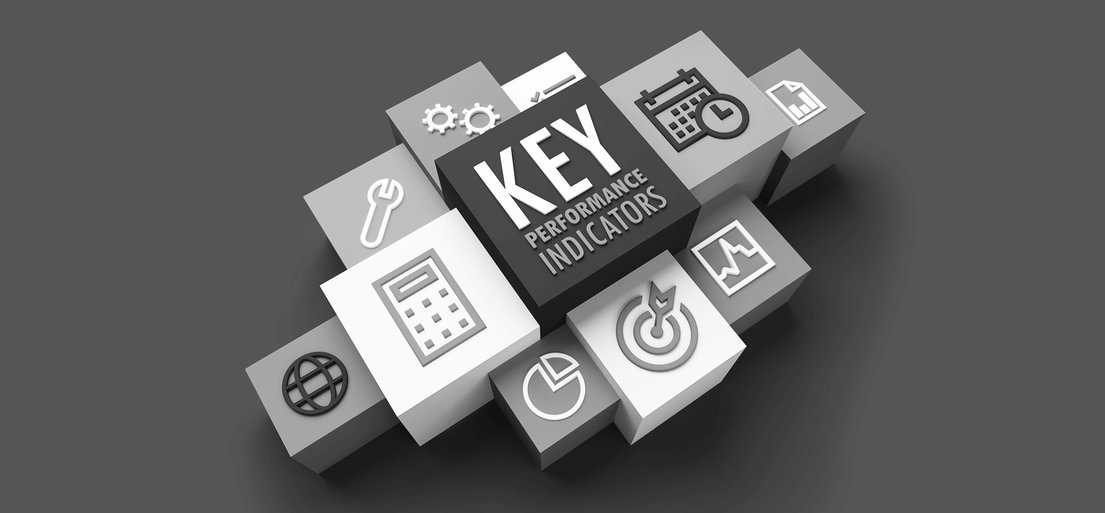Measuring Sales Success: The Most Relevant KPIs for SaaS Companies
The key metrics to measure, analyse and improve your sales initiatives
Success in sales is critical for any business as it holds immense sway over your company's revenue and growth trajectory.
However, determining success in software sales can be challenging as the metrics to gauge this success vary widely. This article dives into some of the most commonly used metrics to measure success or lack thereof in software sales, providing insights on which metrics may be most relevant for your unique business.
Read on for a breakdown and explanation of some of the most crucial metrics for measuring sales success for a software company.

Customer Lifetime Value
The customer’s lifetime value (CLV) is the total financial amount a customer is expected to spend with your business, or on your products, during the lifetime of your average business relationships. It's one of the most effective ways to measure customer success because it allows you to link customer success initiatives directly to revenue.
The effect of a customer success operation is visible in two KPIs and can be summed up in the concept of customer lifetime value. Which include:
- Average yearly income from a single client
- The typical length of a company’s relationship with a customer (in years)
A strong customer success team will assist companies to grow in these areas, which will have a multiplicative effect on the lifetime value of your customers, and, therefore, your revenue.
How to estimate Customer Lifetime Value
The average lifetime value of a customer is a function of three variables:
- Annual revenue per customer
- Customer relationships in years
- Customer acquisition cost (CAC)
All you need to do is multiply your annual revenue per customer by the number of years you’ve been working with that customer and then deduct your cost to acquire that customer. The figure represents the typical value of a customer to your business.
Customer Lifetime Value = (Annual revenue per customer × Customer relationship in years) – Customer acquisition cost
Retention Rate of Existing Customers
Customer retention rate (CRR) is comparable to the rate at which customers repurchase from a business, but it is more beneficial for organizations that have continuous interactions with their clientele (vs. one-off, transactional ones). This is particularly relevant for a SaaS business working with a subscription model.
The rate at which a company can keep existing clients over time is known as its customer retention rate. So, how many of your clients return from one month, quarter, or year to the next?
Methods for Determining your Customer Retention Rate
To determine the client retention rate, you need to have three pieces of information:
- The total of clients as of the start of a specified time frame
- The number of consumers at the end of that period
- The number of new consumers earned throughout that period
From there, you’ll remove the number of newly acquired customers from your total consumers after the period, then divide that number by the number of customers you had at the beginning. The percentage of returning customers is calculated by multiplying this figure by 100.
CRR = (Customers at the end of the period – New customers during this period) / Total customers at the start of the period) x 100
The Price of Retaining Customers
The cost per retained customer (CRC) calculates how much money you'll lose if you don’t keep hold of your current customers. When analyzing the ROI of customer success initiatives, it has been found that efficient teams can increase customer retention at a higher rate than their operating costs. This can help determine if your efforts to ensure customer satisfaction are worth the money in the long run.
How to determine the price of retaining existing clients
- To determine how much it costs to keep customers, you need two pieces of information:
- The total of what your customer success and retention teams and projects cost you every year
- The total number of live customers at the moment
With all the information handy, you can easily calculate the annual cost per user by dividing the total by the current user population. You might think of the sum as the price you paid to keep those customers.
Cost of Retaining Customer = Total annual cost of customer success and retention initiatives/number of active customers
Customer Satisfaction Score
Customer satisfaction score (CSAT) uses input from actual customers rather than information generated in-house. This statistic allows for a broader range of interpretations and uses.
How happy your consumers are with your business is determined by how they rate their interactions with you. The questions you ask your consumers, the scales you use, and more are all within your purview of customization.
How to calculate your Customer Satisfaction Score
You need to start with a well-thought-out CSAT survey design before you can get a reliable customer satisfaction score. The first step is to settle on a question to pose to consumers.
Examples of typical questions on the CSAT are:
- How happy you are with the assistance you received.
- Did you end up finding everything you needed?
Once a question has been selected, it’s time to consider the rating scale most beneficial to the group. Corporations often use a good/bad scale. On the other hand, you can use a scale with as few as three points and as many as seven. Giving customers a neutral choice is a good idea to keep your statistics from being skewed.
The CSAT formula is then just the number of positive answers divided by the total number of answers multiplied by 100.
Customer Satisfaction Score = (Number of positive responses / Number of total responses) x 100
Conclusion
By comprehending the essential indicators of customer gratification, you can elevate your clients’ overall experience, guaranteeing their willingness to repeat business with you in the future.
In this chapter, we shared easily calculated metrics requiring only fundamental mathematics that can be clear and actionable in a brief time frame (usually within a few days or weeks). Despite their unsophistication, these metrics often determine whether an organization flourishes or struggles.
Get in touch with us for a more detailed conversation and audit of what key metrics you should use to measure your sales initiatives’ success.

With his vast experience in the sales and Inside Sales industry, Julien is globally acquiring new customers and winning projects for Salescode. Mostly engaging in high headcount project bids, he is the first wave of expertise, when working with Salescode. Knowing all global markets he is our go-to-professional for strategy and structure to generate value for our clients.
Click here to connect with Julien on LinkedIn.



